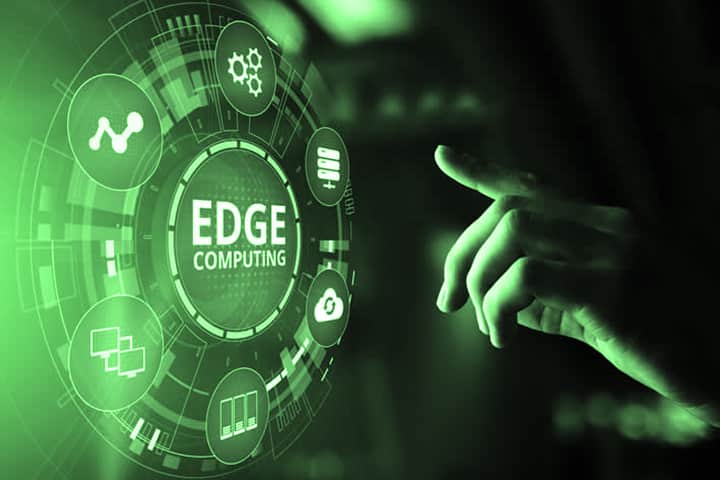Edge Computing is a technology trend that has been growing interest and expectations since a few years ago. It arises in the context of the Internet of Things and comes to solve the problem of the massive connection of smart devices, and the huge bandwidth required to communicate with the Cloud.
As we already told at the time, Edge Computing is a solution that tries to lighten a load of data processing on servers in the cloud, leaving part of that work to be done on the IoT devices themselves.
This reduces the load on Cloud servers but also allows some of the most critical processing to be done very close to the source of the data, thus reducing latency as much as possible and allowing data analysis in real-time, something that is essential in industries such as health, telecommunications or finance.
Now, according to Forrester, Edge Computing goes from being a technology with high expectations to a reality that will provide added value. That is, until now, edge computing was a promising technology, but it was still developing. By 2021, new business models will emerge that will facilitate the deployment of this in all its glory.
The reasons for assuming this movement are, fundamentally, two: Cloud computing platforms have to compete with artificial intelligence; and extensive 5G deployments, which will make Edge’s use cases more practical. Here are some interesting predictions about Edge Computing in 2021:
The hosting on the Edge is a complete market. In other words, providers will begin to offer hosting services for applications on the Edge, which will favor the proliferation of these.
The competition will be fierce between companies that are capable of offering lightweight platforms optimized for Edge Computing, such as Kubernetes (which will probably lead at first), Canonical, Huawei, OpenStack, or Rancher.
Artificial Intelligence is to “move” to the Edge. By moving some of the processing and analysis in real-time to the Edge, the training of the Machine Learning models will begin on the Edge devices, leaving the Cloud Server free for other tasks.
The 5G private networks will be a reality. The demands on communications will be of such magnitude that, for many large industries, it will be necessary to deploy private 5G networks that provide service. Commercial networks will not be enough for large installations with thousands of IoT devices interacting, therefore, the market for private 5G networks will be very important.
The Edge Computing will be an important accelerator of digitization in all areas, and 2021 will be the year that trends from previous years will be confirmed. As always, anything can happen that changes this statement, but we can say that we have all the ingredients to see how this technology consolidates.

